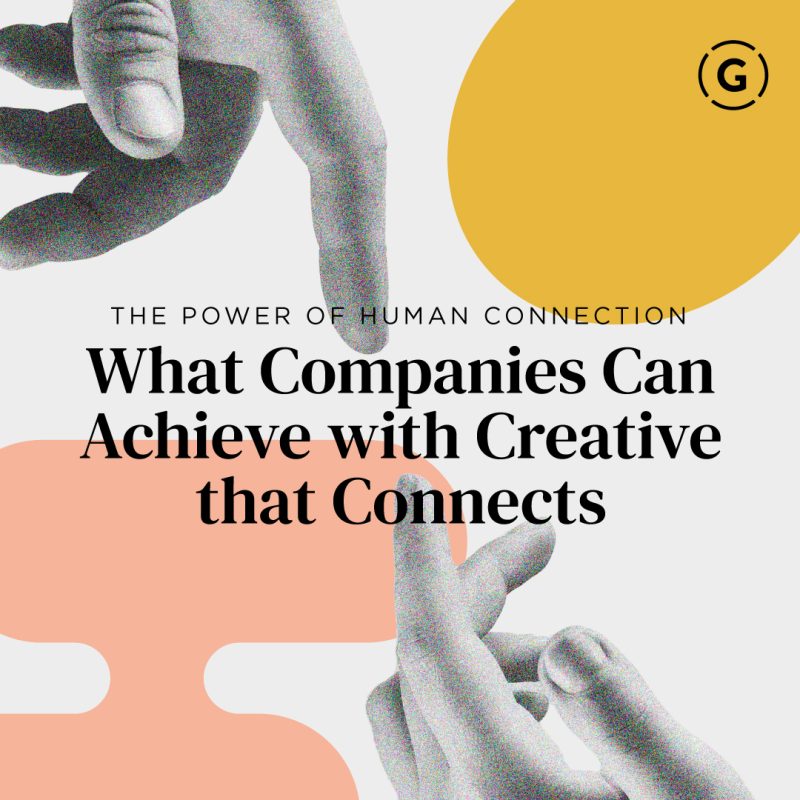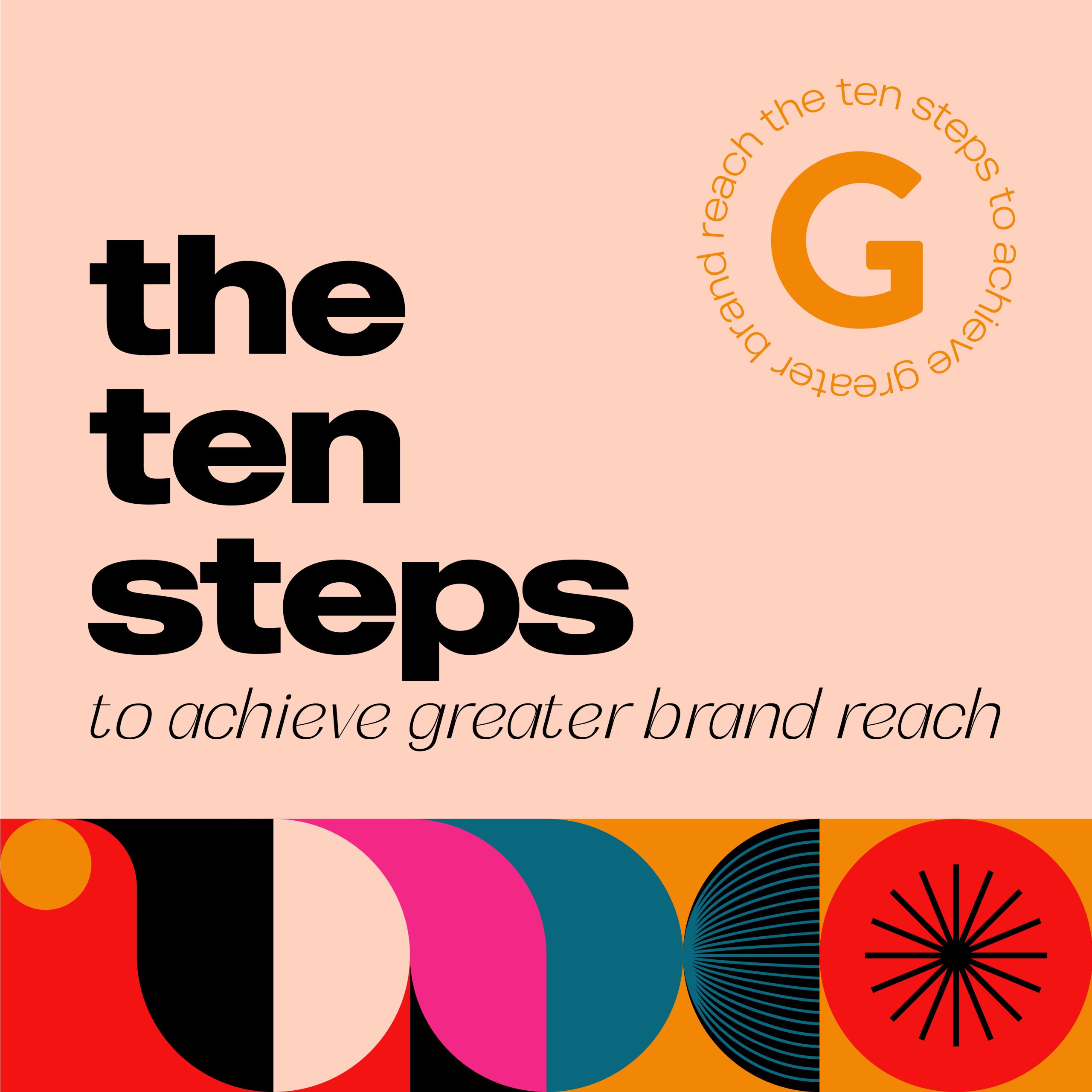With so much focus on machine learning and AI, it seems as if marketing strategy is ever-more focused on looking for opportunities to leverage big data. Indeed, data is incredibly important for identifying actionable audiences, predicting campaign performance, and identifying trends, but building a marketing strategy on data alone is not enough to truly connect with your audience. At the core of it all, you still have to focus on creating marketing for humans.
Here we unpack why that is, and what your brand can do about it.
Audiences are Overwhelmed
It was once thought that content democratization would create a space for greater authenticity, to help us all more easily stay connected with our tribes. Instead, your customers and prospects are bombarded with more than 5,000 ads per day across multiple screens and platforms. Not surprisingly, this is proving to be too much.
Even when trying to login to what should be a relaxed and pleasurable experience of catching up with friends, consumers find that their social media feeds are often filled with more advertisements than friend updates.
This over-saturation is helping to drive the decline in usage of social media platforms in almost every demographic. More and more often, consumers find that the cost of the “free” apps is just too high, as they abandon each channel in favor of another that is not yet plastered with commercialism.
People Crave Connection
It’s not that brands cannot connect with their customers and prospects on social channels. The problem is not necessarily the presence of the brands, but rather the lack of authenticity and human connection in most branded content. The sad truth is that most brands talk at customers, rather than talking with them.
Whether you’re a startup or a Fortune 100 brand, content marketing needs to be an important element of your marketing plan. But consumers have become more skeptical, so brands must take care to be very thoughtful and purposeful about their content.
In order to be effective, brands really do have to connect with consumers in an authentic way. This means understanding customers as people — individuals with very real pain points and relatable desires. This is often easier said than done. Brands need to have a clear and compelling story, provide real value to their audiences, and then deploy on several essential content marketing skills to make sure that audiences not only know what these are, but feel and experience them to be true across every brand interaction.
Audiences are Holding Brands Accountable
Research has proven time and time again that consumers are loyal to brands who build relationships. This isn’t a reference to those points-driven loyalty programs that incentivize customers to earn free products with accumulated purchases. That type of relationship can be profitable in the short and medium term, but can also be easily replicated and replaced by your competitors.
Real relationships are not transactional. Customers respond to brands when they feel that they can relate to the larger brand story, based on a sense of aligned values. When customers feel that they can partner with a brand to achieve their personal mission, they will pledge their loyalty.
At Gigasavvy, we see that exhibited time and time again. Whether it’s Toshiba’s desire to empower their customers to pursue their passion anywhere in the world, or American Career College’s understanding of audiences’ struggles with trying to advance their careers while making it in the real world, brands build relationships by talking with audiences in a way that shows they understand them.
Gigasavvy is an award-winning brand strategy and creative agency that has successfully developed and brought many brands to life with authentic storytelling and strategic go-to-market planning. Contact us to see how we can help your brand build authentic consumer relationships.



